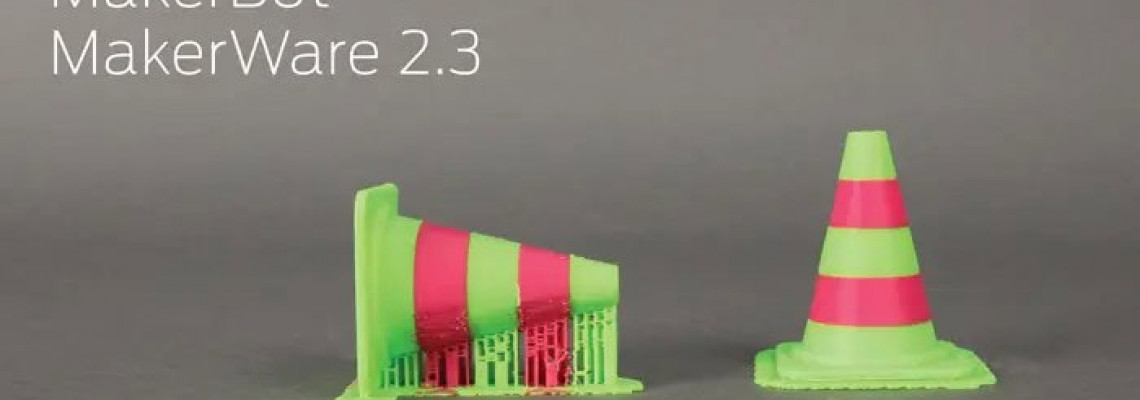
3D printer MakerWare
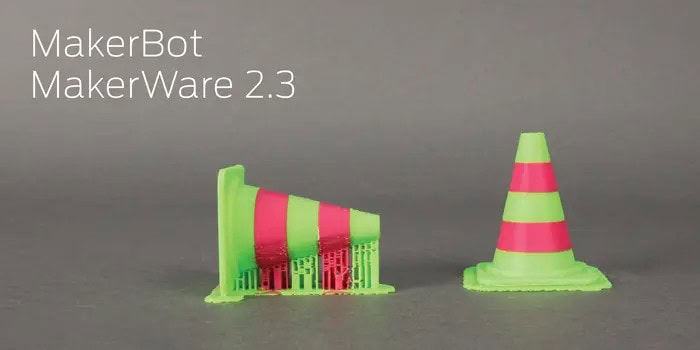
To obtain cleaner, more uniform surfaces of multicolored objects, the MakerBot Replicator 2X printer has the ability to print technological substrates and supporting structures in different colors.
To improve the quality of objects, Extrusion Guards are used during printing. These are ultra-thin barriers that clean the extruder of excess material, reducing nozzle clogging and increasing printer performance.
New settings have appeared in MakerWare 2.3 that allow the use of multi-materials in both modifications of the Replicator printer.
For printing external parts of the model, it is recommended to use the proprietary elastic fiber MakerBot® Flexible Filament, and for removable internal parts – the MakerBot® Dissolvable Filament material, which easily dissolves in the household solvent Limonene.
The print preview allows you to immediately see the result. Now you don't have to wait for the object to be printed to find out what it will look like in its finished form. You can see in advance how your 3D model will look in different colors, where and how supporting structures will be created, view the entire printing process layer by layer, etc.
The pre-calculation function of printing time and material consumption will allow you to quickly estimate how much of both will be required.
MakerWare is completely free software. It can be easily downloaded from the official Makerbot website.
Makerware software is the main multifunctional software for such 3D printers as: Makerbot, Wanhao, Malyan.
After downloading the installation files – install the program on your computer. To start printing – use files transferred from the CD card. Files must be in Stl or Obj format.
3D printer-MakerWare
Let's start working with the MakerWare program:
After launching the program, press the Add button. In the window that appears, select the file of the format you need. And now our model is on the platform. Now let's look in detail at the meanings of the keys in the program window:
- The “+” and “-” keys in the upper left corner of the screen allow you to zoom in or out on the object, the same result can be achieved by scrolling the mouse wheel.
- The house-shaped key allows you to return to the original view.
- The arrow-shaped key called Look allows you to rotate the platform and object using the mouse. It also gives you the option to choose a front, top, or side view.
- The next key is Move. By selecting this function, you move the object across the platform.
- The Turn key – by selecting this function, you can rotate the object.
- The Scale button will help you reduce or increase your object on the platform.
A plus for the MakerWare program is that you can work with multiple stl files on one platform. This allows you to spend less time on a larger number of objects. To add a second object – simply move the object already on the platform using the Move key. Then use the Add key to load another object in the desired format. After you have selected the necessary models and their sizes and placement on the platform – let's deal with the specific settings for directly printing objects.
Press the Make button at the top. In the window that appears, select our printer and material for printing.
3D printer-MakerWare
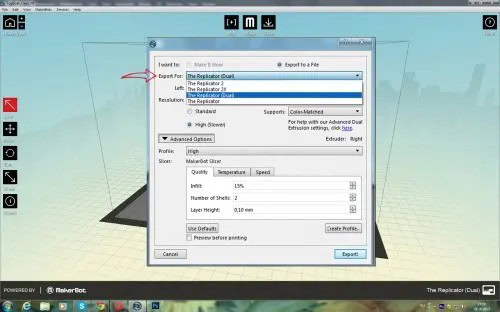
Just below, select the field with the required print quality parameter.
Let's look in more detail at the
sub-items in the Quality menu.
Infill is the % of the part's fill. Increasing this parameter will help solve the problem of the part's "ceiling" sagging.
Number of shells – the number of passes (rows) – increasing this indicator will help solve problems with side walls, if any.
Layer height – the level of the printed layer height – will show how tightly the extruder will press each subsequent layer to each other.
3D printer-MakerWare
The next tab in this menu is Temperature.
You select the extruder temperature according to the melting
temperature of the selected material. By checking/unchecking the box, you can set the platform heating
temperature.
Next is the Speed menu.
Speed while extruding – the speed of the printing process.
Speed while traveling – the speed of the extruder's movement without printing.
If your model needs a substrate and support – you should pay attention to the following items in the menu – Raft and Supports.
After you have set up your model for printing – export the file to the CD card.
Accordingly, insert the card into the printer in the provided slot. Then use the control buttons on the printer to start the layout for printing. All that remains is to wait for the result of your effort.
Not so long ago, the program was updated. A very convenient option was included in it. You can now calculate the weight of your object before it is printed. And the second option is the printing time. As for me – it's very convenient to know when the printer will finish work and be free for the next experiments.
To use the updated MakerWare function, you need to check the box after you have determined the type of plastic and its speed/temperature settings.
After that – press export file to SD card
The window with data on weight and time will open automatically:
With the new option, calculating any object will not be difficult.

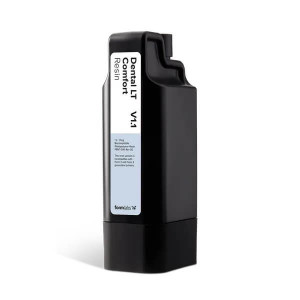
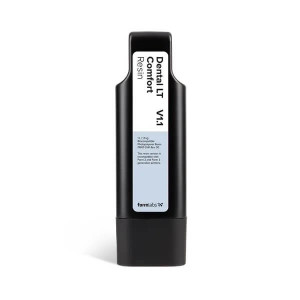
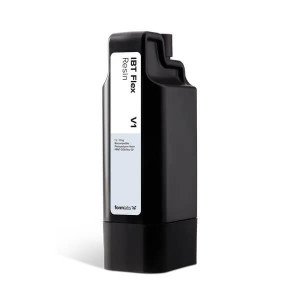
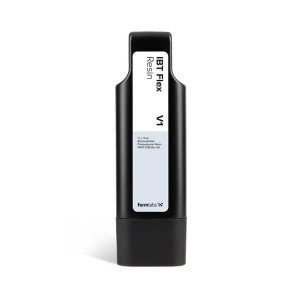
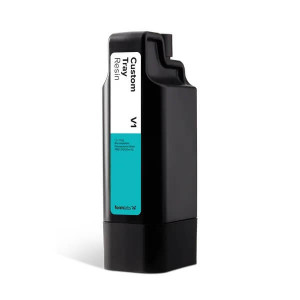
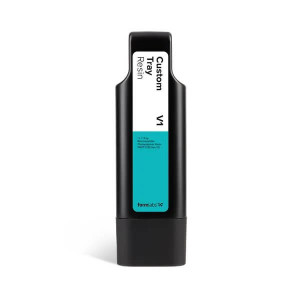
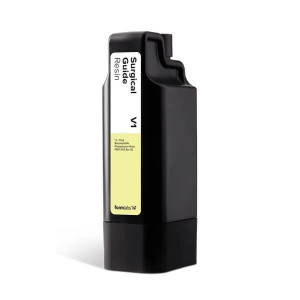
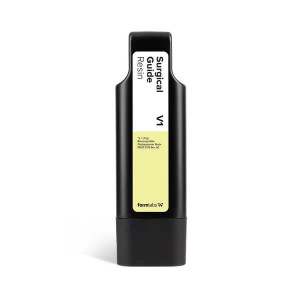
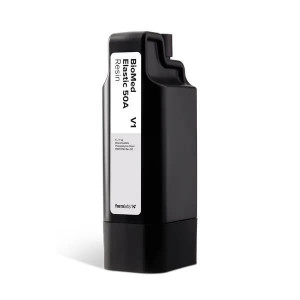

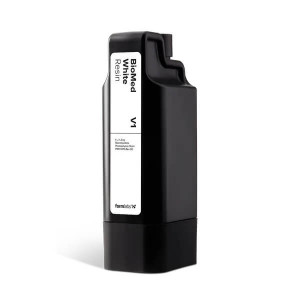
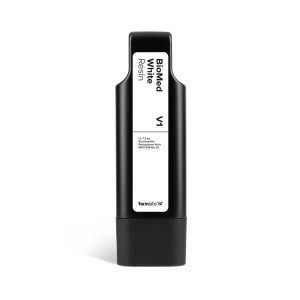
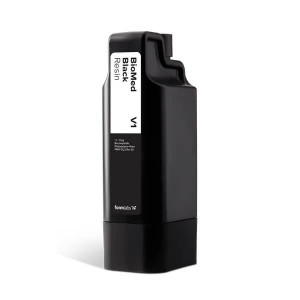
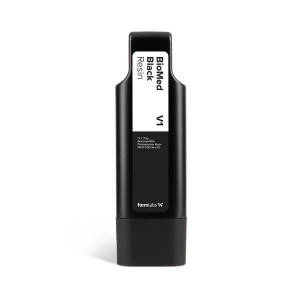
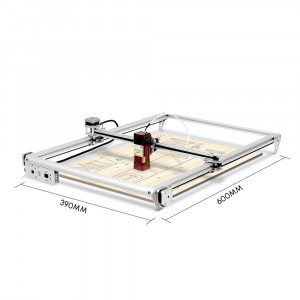
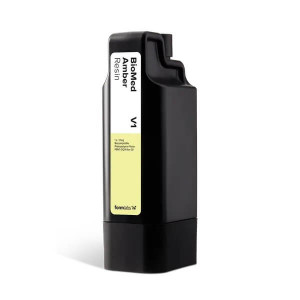
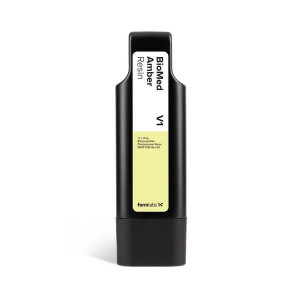
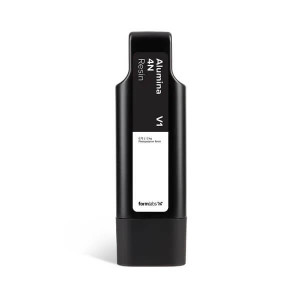
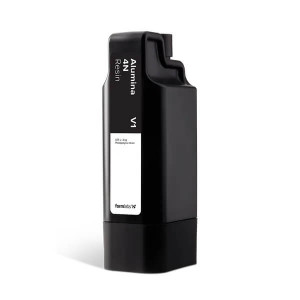
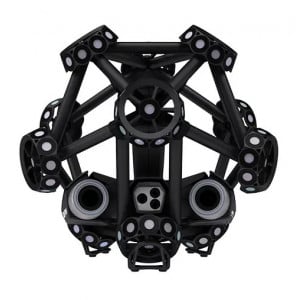
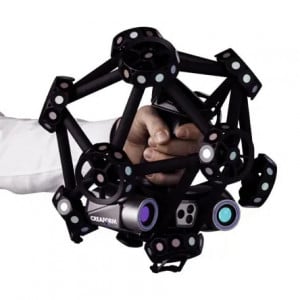
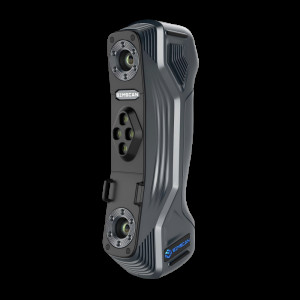
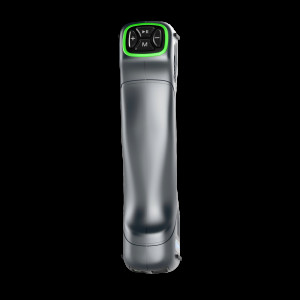
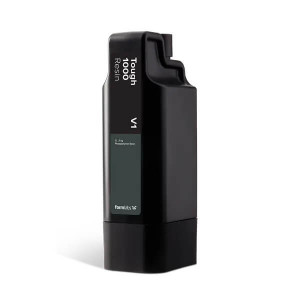
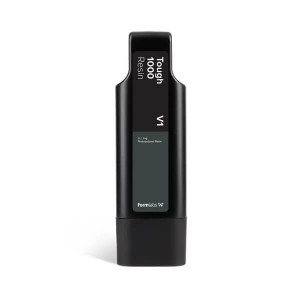

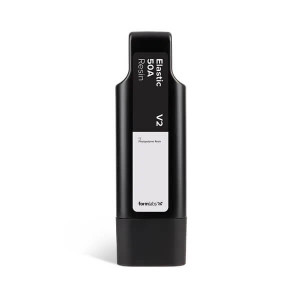
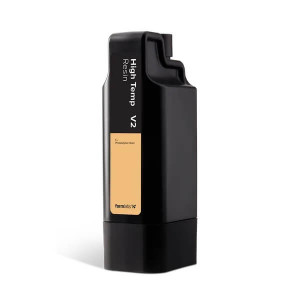
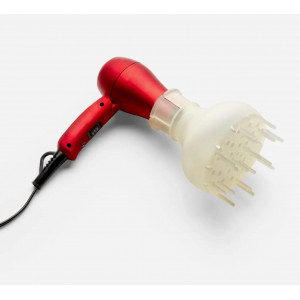
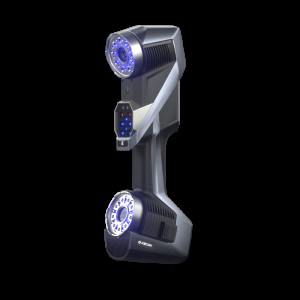
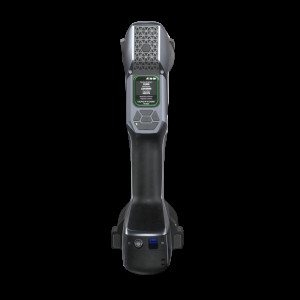


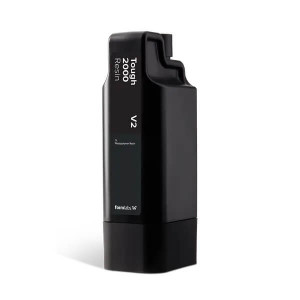
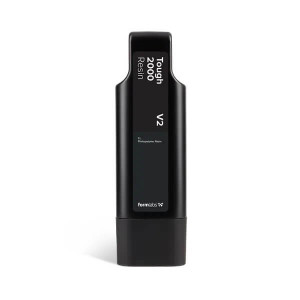

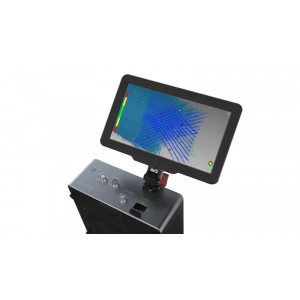
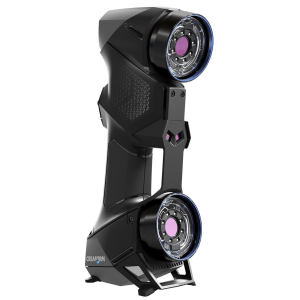
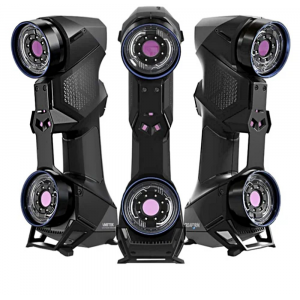


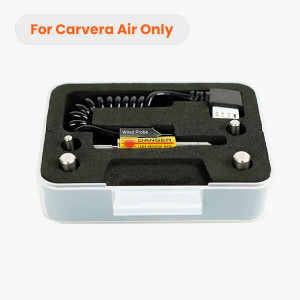
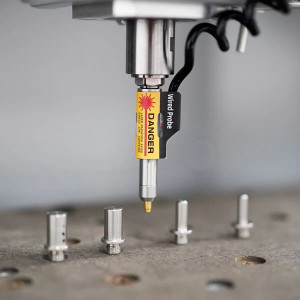
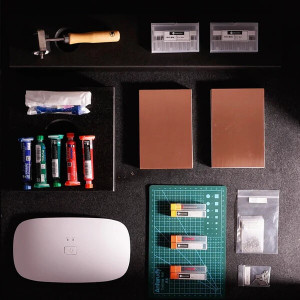
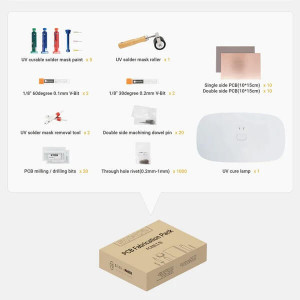
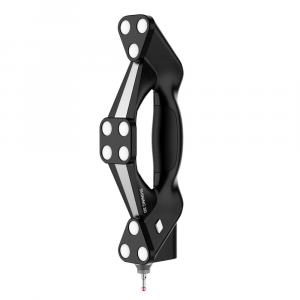
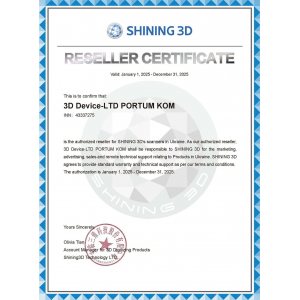
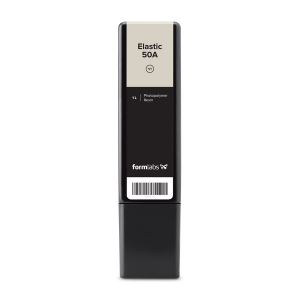

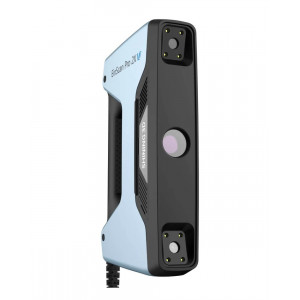
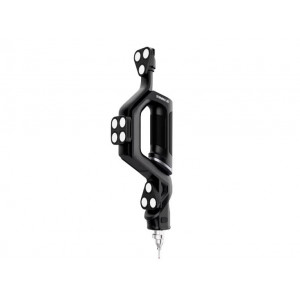
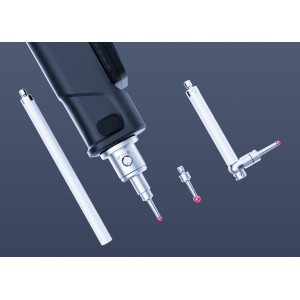
Leave a Comment